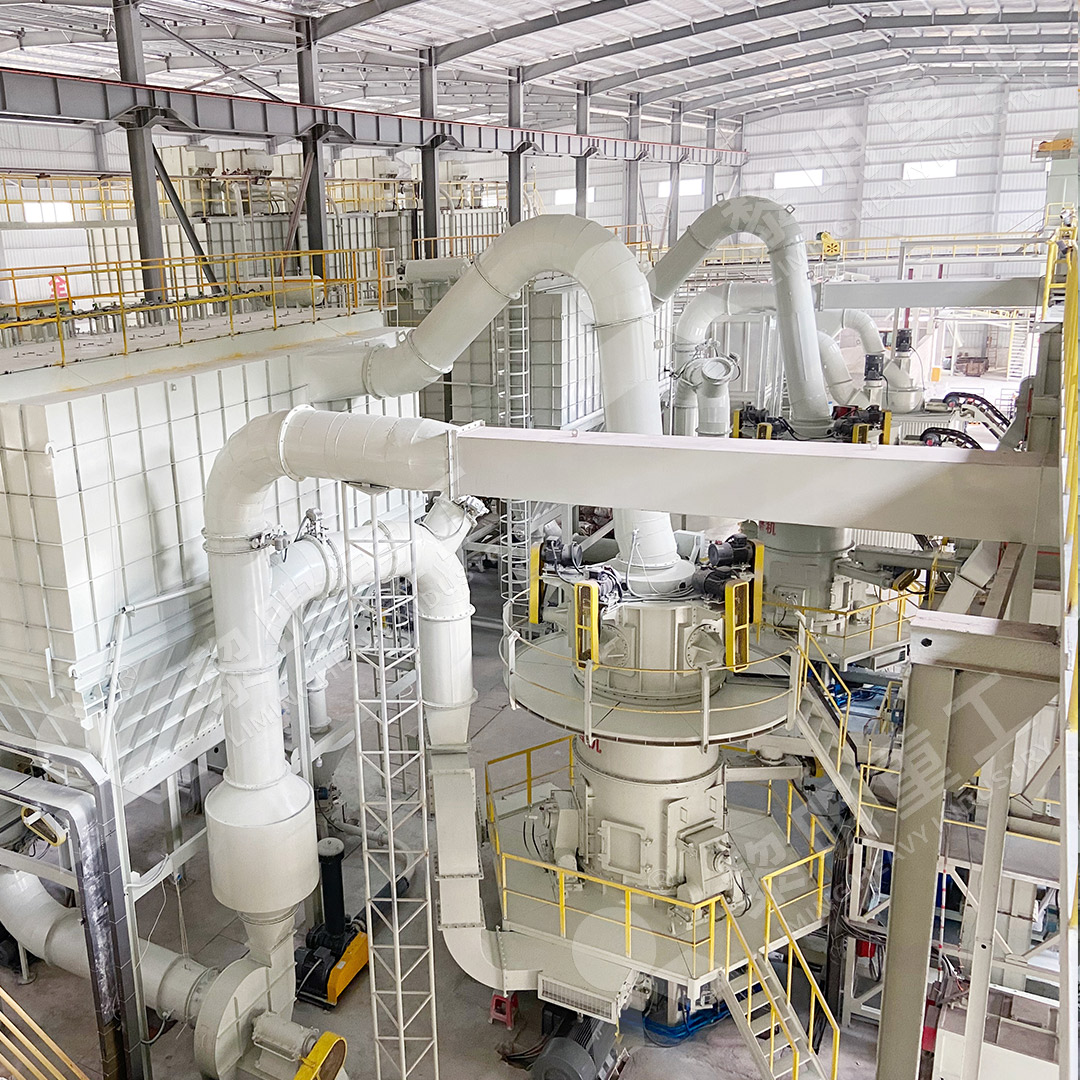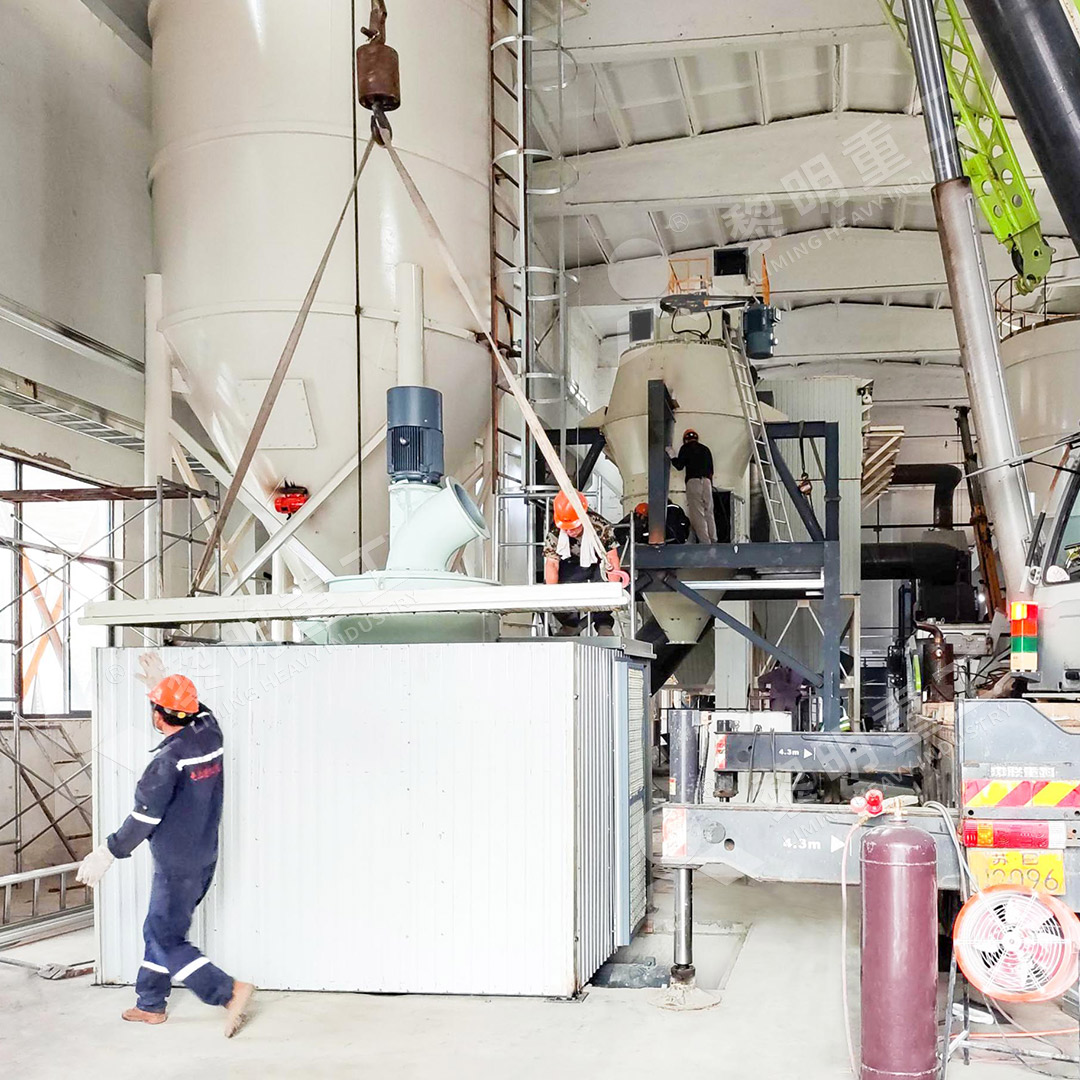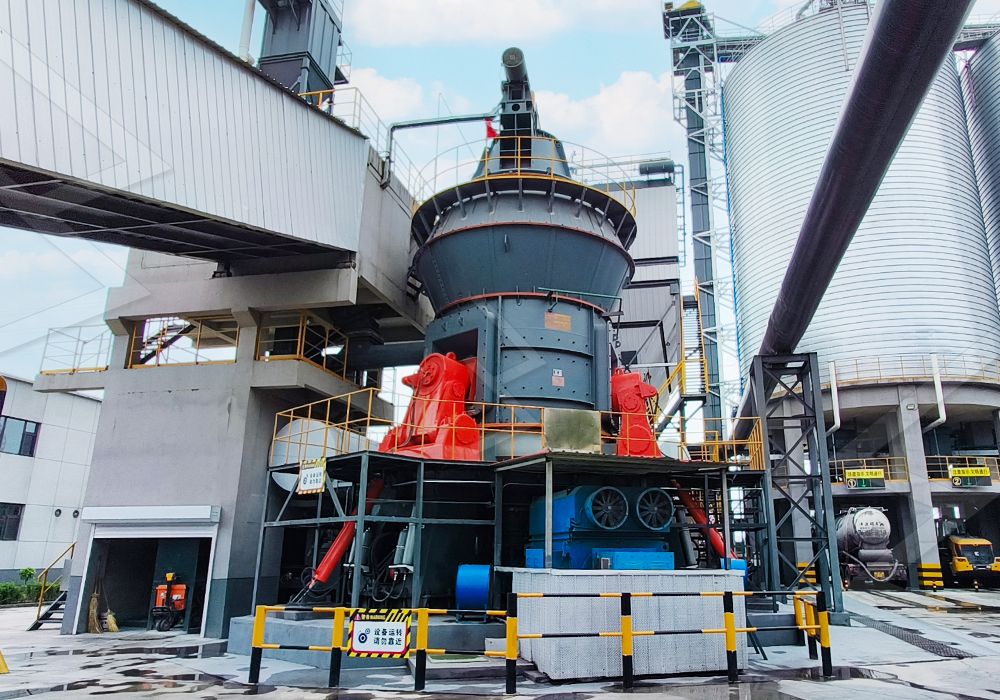Can a Vertical Roller Mill Directly Grind Coal Ash Slag?
Can a Vertical Roller Mill Directly Grind Coal Ash Slag?
The utilization of coal ash slag, a byproduct of coal combustion, has become increasingly important in sustainable industrial practices. This material, once considered waste, now finds applications in cement production, concrete additives, and construction materials. The question of whether vertical roller mills can effectively process this material is crucial for operations seeking to optimize their grinding circuits.
Vertical roller mills (VRMs) have established themselves as workhorses in mineral processing operations worldwide. Their ability to handle various materials with different moisture contents and hardness levels makes them versatile choices. When it comes to coal ash slag specifically, the answer is a resounding yes – vertical roller mills can indeed process this material effectively, provided they are properly configured for the task.

Technical Considerations for Coal Ash Slag Grinding
Coal ash slag presents unique challenges that must be addressed through proper mill selection and configuration. The material typically contains varying levels of unburned carbon, which can affect grindability and product quality. Additionally, the abrasive nature of some slag components demands careful consideration of wear protection in the grinding zone.
The particle size distribution of feed material plays a critical role in mill performance. Coal ash slag often arrives with a wide size distribution, requiring proper classification before grinding. The moisture content must also be managed, as excessive moisture can lead to operational issues including reduced throughput and potential blockages.
Equipment Solutions for Optimal Performance
For operations requiring fine to ultra-fine grinding of coal ash slag, specialized equipment delivers superior results. The MW Ultrafine Grinding Mill represents an excellent solution for this application, with its ability to produce powders between 325-2500 meshes. This machine handles input sizes up to 20 mm with capacities ranging from 0.5 to 25 tph, making it suitable for various production requirements.
The MW Ultrafine Grinding Mill incorporates several innovative features specifically beneficial for coal ash slag processing. Its higher yielding and lower energy consumption characteristics – achieving 40% higher production capacity than jet grinding mills with system energy consumption only 30% of jet grinding mills – provide significant operational advantages. The absence of rolling bearings and screws in the grinding chamber eliminates concerns about bearing damage or loose screws causing machine failure.

Environmental and Operational Benefits
Modern vertical roller mills address environmental concerns through integrated dust collection systems. The MW Ultrafine Grinding Mill’s efficient pulse dust collector ensures no dust pollution during operation, while silencers and noise elimination rooms reduce acoustic impact. This comprehensive approach to environmental protection aligns with stringent regulatory standards.
Operational reliability is another critical factor in coal ash slag processing. Equipment designed with external lubrication systems enables maintenance without production stoppages, supporting continuous 24-hour operation. Digitalized processing of core components ensures high machining precision, contributing to consistent performance and product quality.
Alternative Solutions for Different Requirements
For operations with different capacity needs or material characteristics, the LUM Ultrafine Vertical Grinding Mill offers another viable option. With an input size of 0-10 mm and capacity of 5-18 tph, this mill integrates the latest grinding roller technology with advanced powder separating capabilities. Its reversible structure simplifies maintenance, while double position-limiting technology ensures operational stability even under challenging conditions.
The selection between different mill types depends on specific production requirements, desired product fineness, and available infrastructure. Both the MW and LUM series represent state-of-the-art solutions for coal ash slag processing, each with distinct advantages for particular applications.

Frequently Asked Questions
What is the maximum feed size for coal ash slag in vertical roller mills?
This depends on the specific mill model. The MW Ultrafine Grinding Mill accepts feed sizes up to 20 mm, while the LUM Ultrafine Vertical Grinding Mill handles up to 10 mm. Proper crushing before grinding ensures optimal mill performance.
Can vertical roller mills handle wet coal ash slag?
Most modern vertical roller mills incorporate drying capabilities, but excessively wet material may require pre-drying. The specific moisture tolerance varies by mill design and should be discussed with equipment suppliers.
What product fineness can be achieved when grinding coal ash slag?
With advanced mills like the MW Ultrafine Grinding Mill, fineness between 325-2500 meshes is achievable, with screening rates reaching d97≤5μm in a single pass.
How does the abrasiveness of coal ash slag affect mill maintenance?
Abrasive components in coal ash slag accelerate wear on grinding elements. Modern mills address this through wear-resistant materials and designs that facilitate easy replacement of vulnerable parts.
What are the primary applications for ground coal ash slag?
Processed coal ash slag finds use in cement production, concrete additives, construction materials, and various industrial applications where pozzolanic properties are valuable.
